It was nine on a Monday morning, and whereas my fellow commuters were heading to the office, or their classrooms or a lecture hall, I was on my way to Parcafé in the Dorchester Hotel, right next to London’s bougie shopping district, Mayfair. It’s a place to buy Ferraris and Bugattis and shop at the Row and Goyard and be passed by an endless convoy of black Rolls-Royce SUVs. Waiting for me at the hotel would be a man with a little golden cup, containing a freshly brewed portion of mankind’s favorite black nectar. And his is the best, uncut stuff on the market.
The man is Amir Gehl, founder and CEO of Difference Coffee, which sources some of the best, rarest coffee beans in the world. The first espresso I would try that day was from a washed Panama Geisha, winner of 2023’s Best of Panama coffee competition. The first lot had just twenty-five kilos in total and sold at auction for $10,005 per kilo. The beans alone, without mark-up, put my espresso at $250.
Though Gehl’s coffee is selected from all over the globe — from Indonesia, Jamaica, Guatemala, Brazil, Hawaii, Mexico and elsewhere — it was only right that it be brewed in London, a city shaped by caffeine. In his book This is Your Mind on Plants, Michael Pollan writes that Britain’s introduction to caffeine in the 1650s fundamentally “changed… everything.” Coffee, chocolate and our beloved tea all arrived in the same decade. No longer drinking ale constantly, Brits started working longer hours and night shifts, could operate heavy machinery, study complex mathematics, do accounting and have more productive relaxation too, chatting and arguing in coffee houses — the first modern public square. Our national boozy stupor was lifted, and the buzz of the Enlightenment and Industrial Revolution was powered by that same caffeine buzz you get every morning.
Across the Atlantic, coffee even helped win the Civil War. Historian Jon Grinspan notes that Union soldiers were given satchels of coffee, giving them a performance and endurance edge over the uncaffeinated Confederates, and Pollan writes of one Union general who would order “his soldiers to fill their canteens with coffee before battle” and attack when they were at their peak caffeine high. Years later, the worktime break was not just a product of unionizing, and certainly not of corporate kindness. It came about in the 1950s because two fifteen-minute coffee breaks allowed the middle-aged women employees of Colorado’s Los Wigwam Weavers to work better and harder, for longer. (Their employer mandated the breaks; when he refused to pay for their time, the women took him to court and won.)
Parcafé is one of many spots across Europe where you can try Gehl’s selected coffee — there are many notable Michelin Star restaurants among his client list — but Difference also sells coffee to retail coffee aficionados, roasted, ground and packed in pretty boxes of Nespresso-compatible capsules.
Capsules might seem like an odd choice for a product of this price, but a lot of bad coffee comes down to preparation — improperly cleaned machines, inadequate temperature, or places like Starbucks deliberately burning their beans to get a consistent “strong” flavor, at the cost of, well, flavor. Nespresso machines are generally clean and produce a consistent result, and the “pods” mean the beans are always perfectly measured, roasted, ground and protected. And when you’re dealing the best stuff, you want it to be pure. As Gehl told me:
When you pack them, you nitrogen-flush any residual oxygen from inside, so you stop the coffee from degassing and oxidizing. This is why it retains its freshness for so long. That’s the main advantage of capsules: that each portion is kept literally as fresh as it can be.
I wasn’t sure what to expect from the coffee, nor was my friend Kristyna, who joined for the tasting experience. Most of Gehl’s coffee is “only” $6.50 per espresso, but that’s still about what the average coffee drinker would spend on a whole bag of beans — how much better could it actually be?
It’s not a baseless question: from bogus audio cables to dyed caviar, the highest price is often paid by the biggest fools, and coffee is no different. In the months after I met Gehl, Shot London — also in Mayfair — gained a lot of media attention for selling London’s most expensive espresso, at £265 a cup (roughly $335). Made from Japan Typica Natural, it’s a beautiful acidic, fruity coffee, from a country that doesn’t produce much coffee, and there’s nowhere else you can order an espresso of it.
Except, that is, if you buy the beans yourself for roughly $230 a quarter pound. That puts Shot’s profits at about 800 percent, none of which goes back to the farmer. But then again, are you really buying London’s most expensive coffee for the taste? Shot’s clientele is paying to say they’ve tried LONDON’S MOST EXPENSIVE COFFEE! It could be $1,000 a cup for all they care.
The price of Gehl’s coffee is both more reasonable and reasoned — down to extreme scarcity and objective, ranked quality. For coffees like this, you aren’t just buying a kind of bean, or a region; you’re buying specific lots, from specific farms, and once they’re sold out, they’re gone forever. Coffea bushes are highly sensitive to temperature, rainfall, water drainage, soil condition, sunlight and so forth, so each season’s crop is the fruit of natural unpredictability, and shock weather events can easily destroy a whole season’s crop. You can’t just produce more of a batch of coffee on demand — even if you wanted to buy some of the washed Geisha I tried, you couldn’t; all batches are gone.
The objective grading of coffee quality is made at international competitions, like “Best of” and “Cup of Excellence” — organized by the Alliance for Coffee Excellence. These buzzy affairs see farms submit their best lots, which are ground, roasted and cupped in a uniform, consistent fashion, then blind-graded by panels of national and international experts, producing a mean score.
Commercial coffee is anything that scores under eighty out of 100, and if you don’t know the grade of the coffee you’re drinking, that’s what you’re having. Anything over eighty is “specialty coffee” — the sort of thing you’ll find in Soho cafés and expensive delis. Anything over eighty-six is “competition grade.”
Coffees at eighty-seven or over are repeatedly tested to refine their proper ranking and precise score and then put up for auction. It’s here that folks like Gehl pay top dollar to get access to the very best before anyone else — knowing there are affluent caffeine fiends shaking to buy it off them — and the farmers get an enormous payout, which also builds their reputations and guarantees that they’ll sell out further lots.
Though that Panama farm will produce lots of very nice washed Geisha, the cup I tried was made from its very first lot, graded at 96.5, the highest ever awarded at a coffee competition. Later lots sold for much less, but to get the taste ahead of anyone else, you had to buy this one. Put simply, that taste wasn’t like any coffee I’ve had before. In fact, none of Gehl’s coffee was.
The Lot 1 Geisha was coffee with the profile of a sophisticated tea or perfume — subtle, complex, highly aromatic, with a flavor that softly wafts through your mouth. It’s highly acidic on the tongue, but it’s a clean acid with no harsh bite or sourness, and rose, lavender and orange lingered in the aftertaste. In some coffees, the aftertaste can be something to endure or push past with another sip, but with the Geisha, you want to let it float there.
Is it $250 a cup good? Even Gehl notes that the price per kilo is due to it being the first, as part of a competition. But putting it against an oversweetened, cream-loaded drink from Starbucks, it wins every time.
Though the further seven cups of coffee I tested were marginally less prestigious, all had flavors I’d never come close to experiencing before. A second Panama Geisha — from Sien de la Esmeralda, which discovered the Geisha varietal in 2004 — was roasted as dark as possible but without going sour or bitter. A Yellow Bourbon from Brazil’s Fazenda Vila Boa was creamy, chocolaty, citrusy and effortlessly drinkable. A Guatemalan ground, from Todosantarita co-op, was like the most perfect caramelly coffee you could imagine, and you’d never know it was decaf. My favorite was a naturally fermented Geisha from Mexico — of course, ranked number one at Cup of Excellence in Mexico. It’s one of the most surprising, unusual, wonderful drinks I’ve ever had — funky and winy, with that distinct fermented flavor. An audible “Wow!” was my involuntary reaction to the first sip.
To say this coffee tasted “better” than supermarket coffee, or the coffee you’re used to having at a nice café, is to misconstrue it. It’s not like turning the volume up on coffee — the same flavors but amplified. It’s getting access to flavors, smells and mouthfeel that are just impossible to find otherwise. It’s not like listening to music louder; it’s more like listening on headphones that let you hear details and textures and subtle additions that you’d never noticed before.
To demonstrate the point, Gehl opened one of the capsules for me to smell, along with one from Nespresso. His smelled exactly like freshly ground coffee; warm, caramelly, fruity, inviting, delicate, delicious. The Nespresso was a manurey punch in the nose, blunt, burnt and unpleasant.
The other advantage to paying a premium is peace of mind consuming the product of an industry rampant with exploitation and violence. Augustine Sedgewick’s 2020 book Coffeeland is perhaps the best history of the world’s favorite drug, and it’s a history stained with blood —from James Hill’s early coffee dynasty in El Salvador to the child labor and human trafficking that remains rampant in the global coffee industry. Over half a trillion cups of coffee are drunk every year, but farmers usually get less than 3 percent of the retail price, with plantation workers picking for long hours, in extreme heat, with exposure to dangerous pesticides. Debt bondage is common, and the estimate is that 20 percent of children in coffee-growing countries end up working on plantations. Sure, competition coffee is expensive — a single capsule from Difference is about twice the day’s wage of the average Guatemalan coffeepicker — but most of that money goes to the farmers’ pockets, and Gehl’s coffees bear the names of the specific place and specific farmers who grew them.
For many, coffee is a necessity — many of us are happy addicts — a quick fix before starting the day. But sometimes we need to remember what coffee can be, how great it can taste, the ritual around it and how much we owe to it — that it’s “concentrated sunshine,” as Alexander von Humboldt once put it. I found that in a gold cup in the Dorchester.
This article was originally published in The Spectator’s September 2024 World edition.



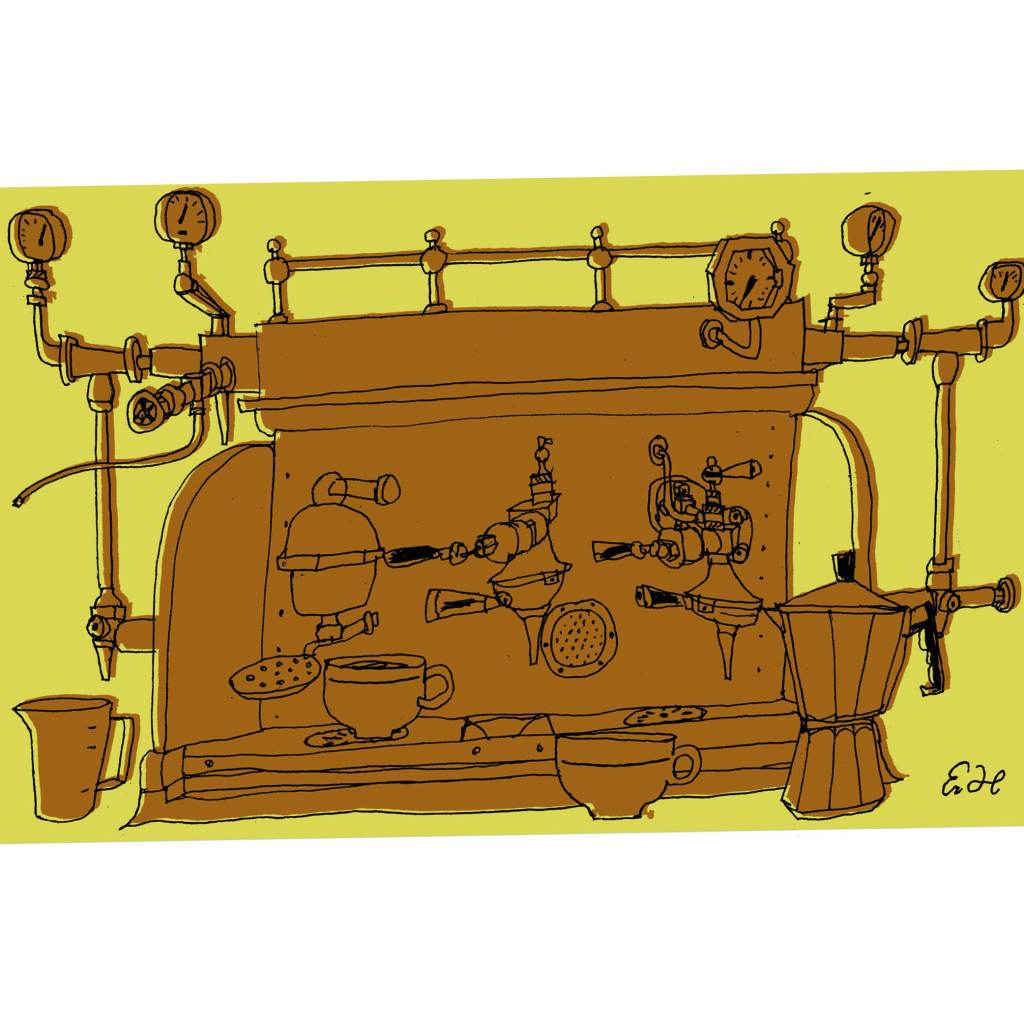







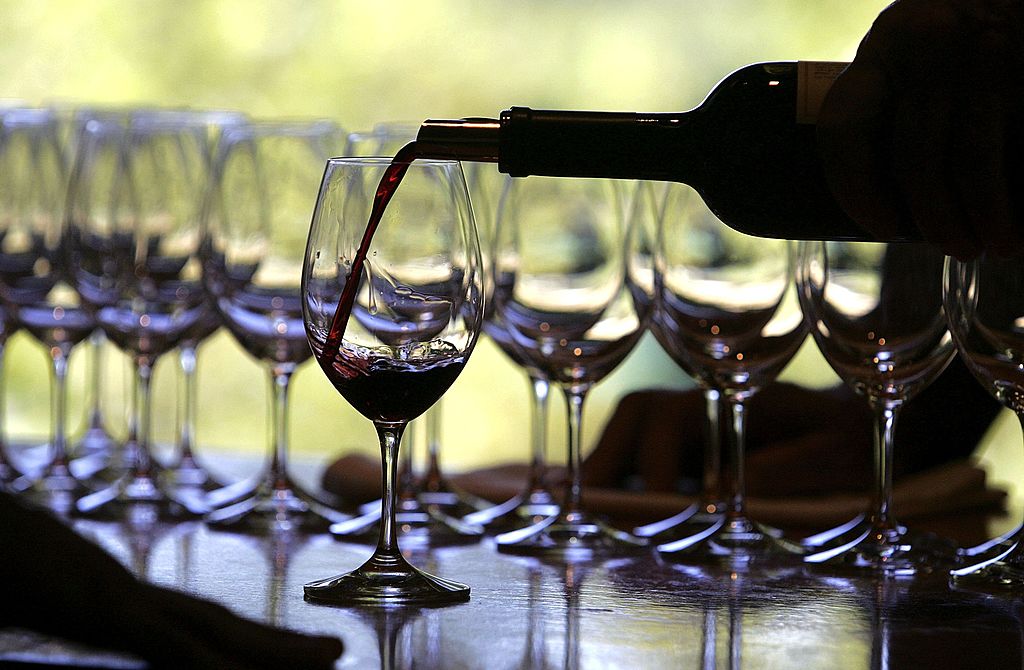
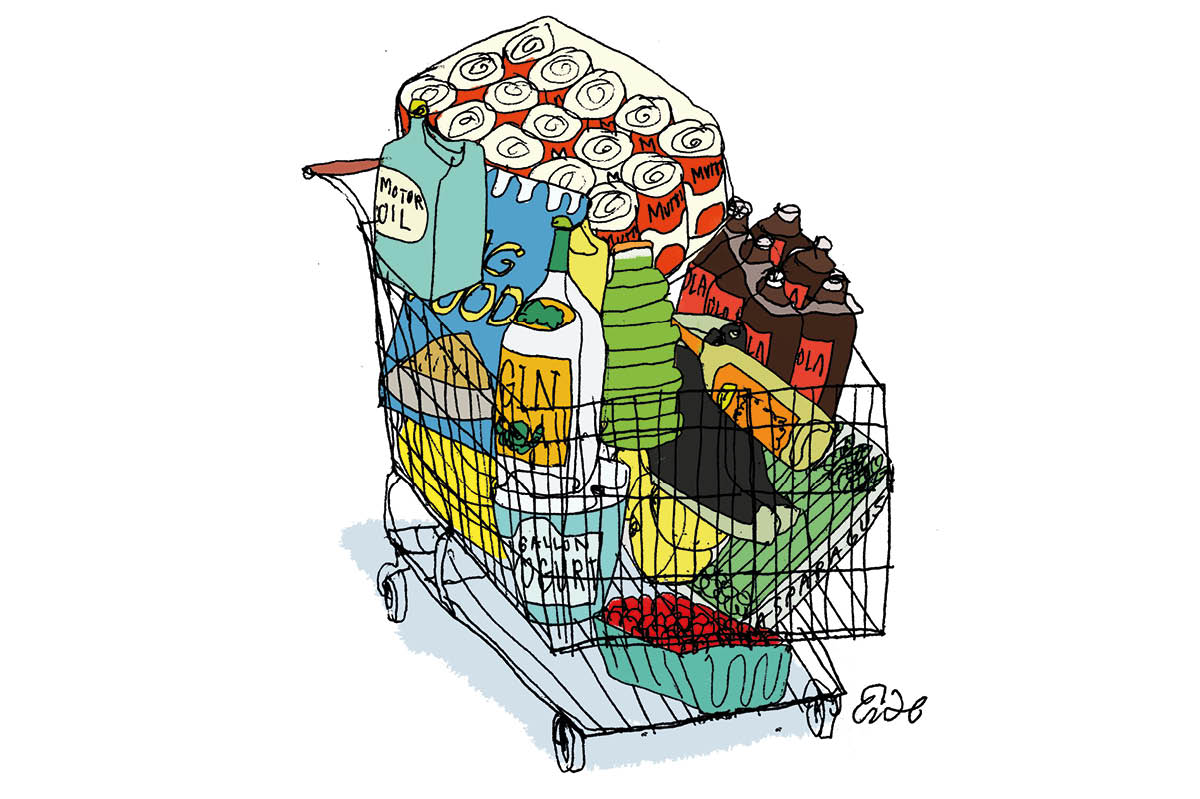
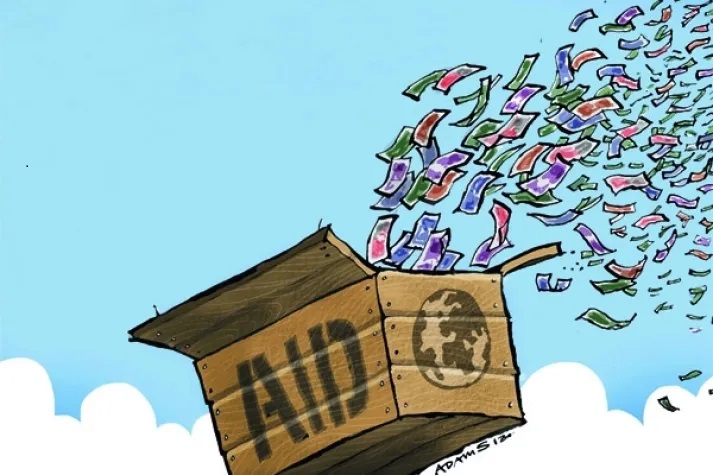
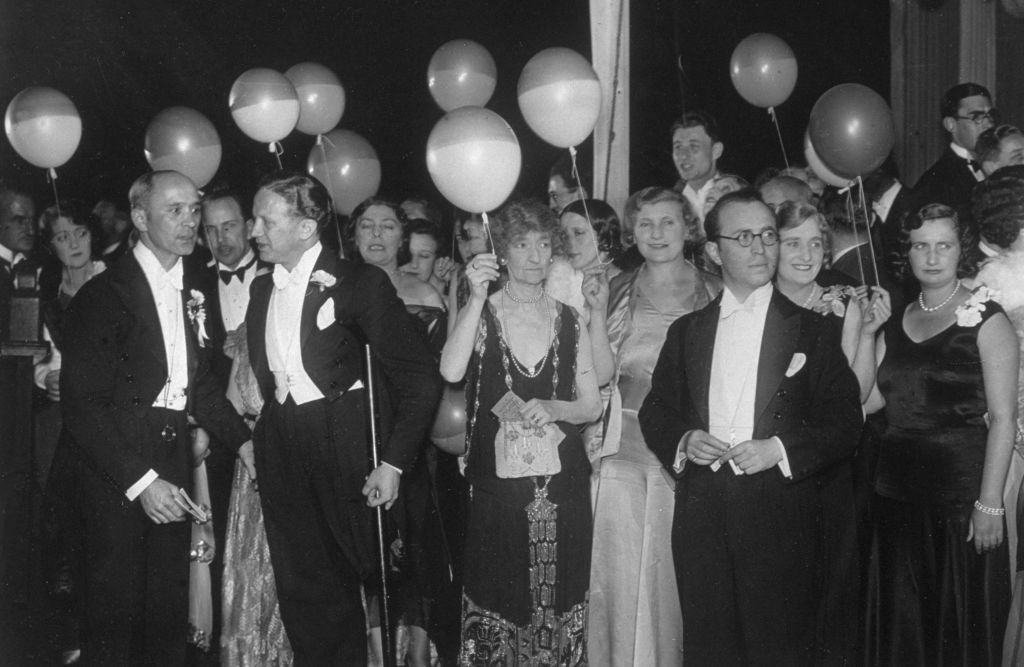
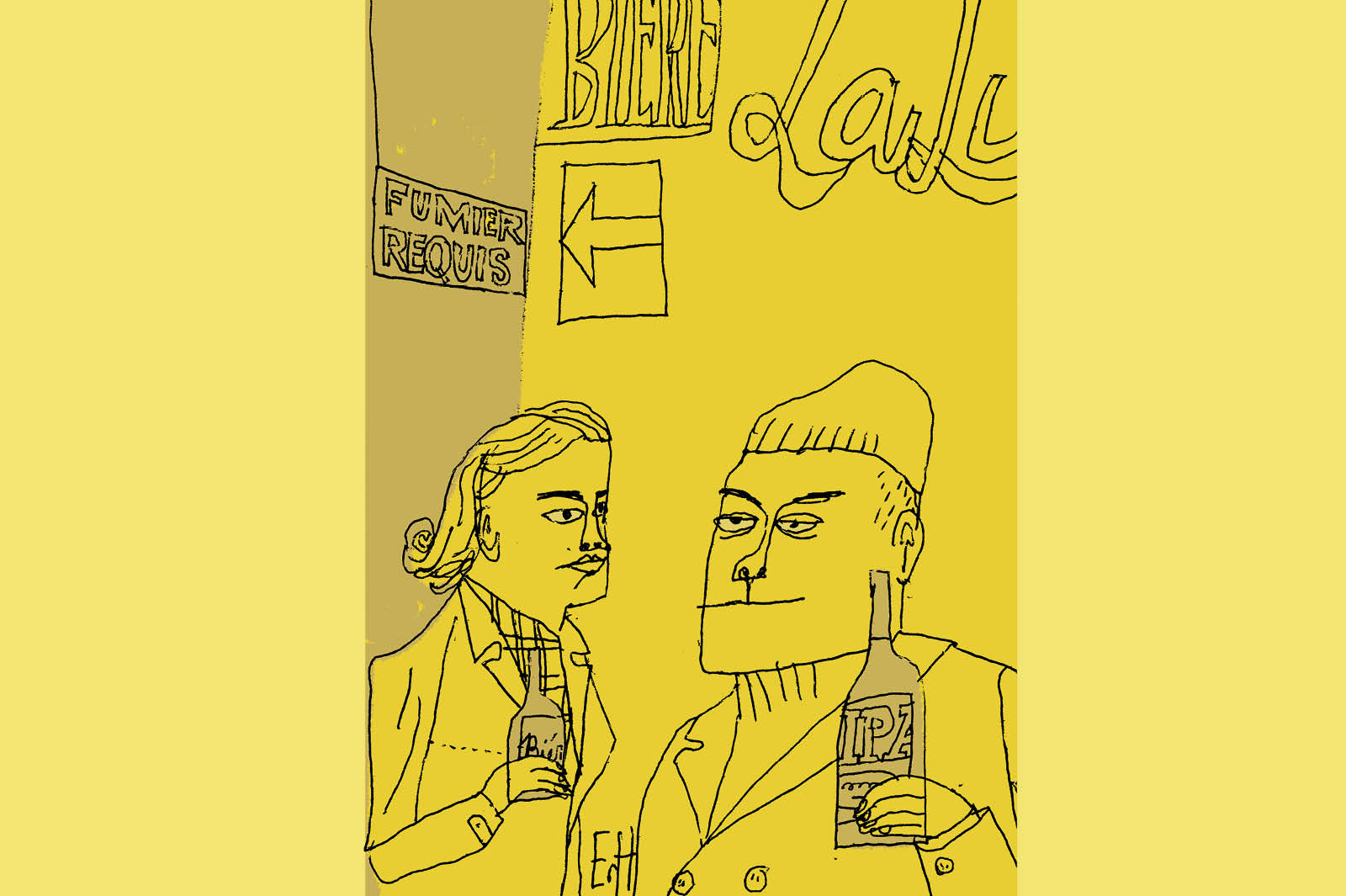







Leave a Reply